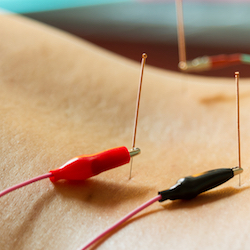Green Tea May Outperform Metformin for Fasting Glucose and Healthy Lipids
Both green tea and metformin are used as adjuvants to treat and prevent complications associated with obesity; however, studies comparing their action and interaction in non-diabetic overweight women have not been reported. Thus, the current study, published in Clinical Nutrition ESPEN,evaluated the effects of green tea extract and metformin, bothRead











